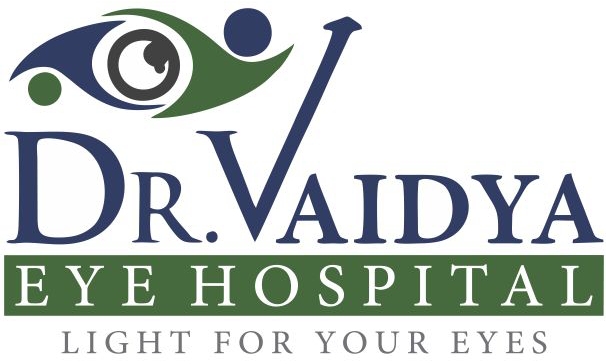Turning 40 marks a pivotal milestone in our health journey. As we age, the risk of developing chronic conditions and vision-related issues increases significantly. Regular health check-ups become essential—not only for early detection and prevention but also for sustaining long-term wellness. This blog outlines the importance of routine health evaluations after 40 and highlights why consulting the right specialists, such as an Eye Specialist in Andheri or a Retina Specialist in Mumbai, can make all the difference.
Early Detection of Silent Health Issues
Many health conditions that commonly develop after 40 show little to no symptoms in the initial stages. Conditions like hypertension, diabetes, high cholesterol, and glaucoma often progress silently. Regular health check-ups, including blood tests, eye screenings, and blood pressure monitoring, help detect these issues early and manage them effectively.
When it comes to eye health, conditions such as glaucoma and retinal disorders may go unnoticed until significant damage occurs. That is why it is crucial to consult a Retina Specialist or seek Glaucoma Treatment in Mumbai as part of your routine check-up after 40.
Eye Health: A Priority After 40
Age-related vision changes such as presbyopia (difficulty focusing on close objects), dry eyes, and reduced night vision are common after 40. However, more serious conditions like cataracts, macular degeneration, and retinal issues also become more prevalent. Visiting a trusted Eye Clinic in Andheri or booking a consultation with an Eye Doctor in Mumbai can help assess and preserve your vision.
If you’re experiencing blurred or distorted vision, it’s advisable to consult a Retina Surgeon in Mumbai or a Squint Specialist in Mumbai to diagnose and treat underlying issues early. Regular eye exams with an Eye Specialist in Andheri can help track these changes and recommend suitable corrective measures or treatments.
Importance of LASIK and Cataract Evaluations
With age, refractive errors often increase, and many individuals seek permanent solutions such as LASIK. Whether you’re considering Lasik Surgery in Mumbai or exploring options for the Best Lasik Eye Surgery in Mumbai, a pre-surgery evaluation by a certified Lasik Eye Surgery specialist in Andheri is crucial to assess suitability and expected outcomes.
Similarly, cataracts are almost inevitable as one ages. Regular check-ups help identify cataract development early. If required, you can consult a reputed Cataract Specialist in Andheri or schedule an appointment with a trusted Cataract Surgeon in Andheri for advanced treatment options.
Tailored Retina and Glaucoma Care
Vision complications from diseases like diabetes or high blood pressure often manifest in the retina. Seeking Retina Treatment in Mumbai ensures that retinal problems are managed promptly. Diabetic retinopathy, retinal detachment, or age-related macular degeneration (AMD) require professional oversight by a Retina Specialist Mumbai or a certified Retina Surgeon in Mumbai.
Likewise, glaucoma is a silent condition that can lead to irreversible vision loss. Detecting it early with regular screenings from specialists in Glaucoma Treatment in Mumbai can help preserve eyesight and improve life quality.
Comprehensive Eye Care at the Right Facility
Choosing the right healthcare facility is critical for managing your health after 40. A well-equipped Eye Hospital in Mumbai or a specialized Eye Hospital in Andheri offers comprehensive diagnostic tools, expert consultations, and personalized care plans. These institutions bring together top-tier professionals like Eye Specialists, Cataract Surgeons, Retina Specialists, and more—all under one roof.
Why You Shouldn’t Delay
The truth is, neglecting regular health check-ups after 40 can lead to serious consequences. Whether it’s missing early signs of vision loss or ignoring a rising blood sugar level, the cost of inaction is far too high.
By proactively scheduling your annual check-up, especially with a reputed Eye Specialist in Andheri or Eye Doctor in Mumbai, you take the first step toward safeguarding your future health. Early diagnosis and timely treatment can significantly reduce risks and enhance your quality of life.
Our Advice
Your health deserves attention—especially as you step into your 40s. Prioritize your wellness by scheduling regular check-ups, and don’t overlook your vision. Whether you’re searching for the Best Lasik Eye Surgery in Mumbai, need Retina Treatment, or simply want a thorough eye examination, trust the expertise available at your nearest Eye Hospital in Mumbai.
Stay informed, stay proactive, and stay healthy.






